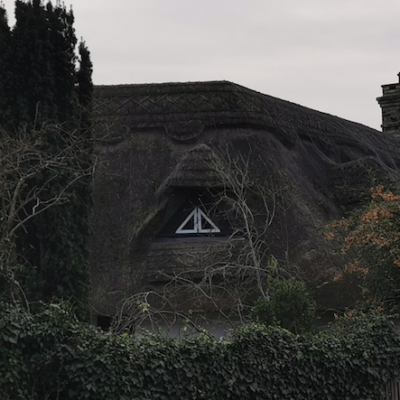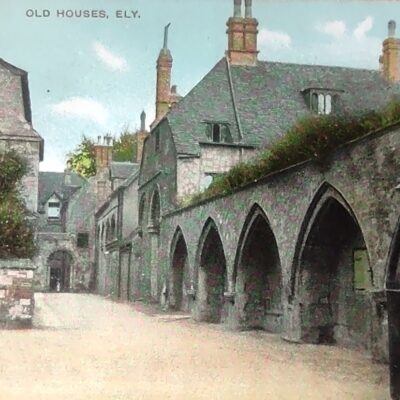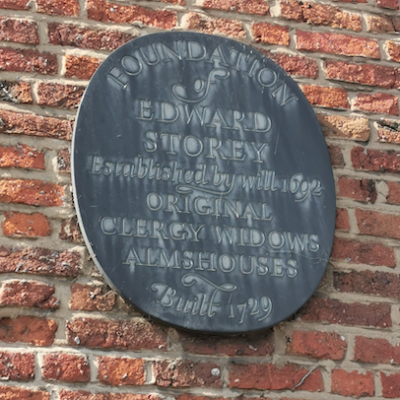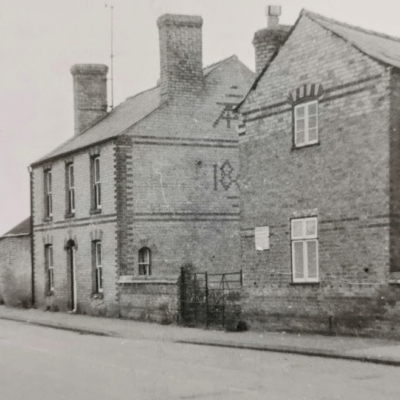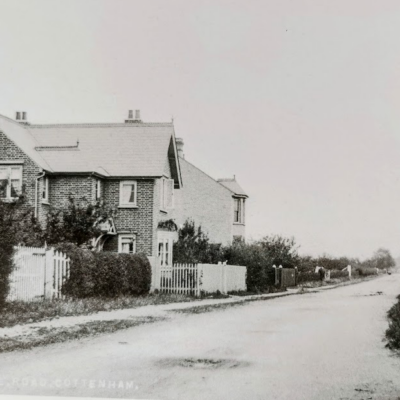Search by topic
- archaeology
- architecture
- bricklayer
- Building of Local Interest
- carpenter
- church
- crime
- dressmaker
- fire
- general labourer
- Great Eastern Railway
- listed building
- medieval
- oral history
- Public House
- Rattee & Kett
- Roman
- scholar
- school
- Then and Now
- tudor
- women
- work
- world war one
- world war two
Search by text
Cottenham moated site / Saxon village
History of Cottenham moated site
Scheduled Monument
The monument includes the remains of a Medieval moated enclosure. The enclosure is rectangular in form measuring some 77m by 55m inclusive of the 8m wide surrounding ditches. Entrance to the moated island is provided by a ramped causeway on the south-east side. The interior of the island is raised some 2m above the surrounding land. There are now no visible earthwork remains of Medieval buildings or features on the moated island.
Cottenham in Focus, 2002, discusses the work of J R Ravensdale who excavated the area which was subsequently named Tenison Manor. His work suggested that Cottenham first developed as a village in the Middle Saxon period. Ditches dug in the 7th, 8th and 9th centuries were found and suggested a concentration of development at the modern junction of the High Street and Lamb’s lane.
At the beginning of the 11th century the Danes pillaged and burnt Cottenham but rebuilding took place between 1017 and 1032. The manor house of Crowland was built in 1032 but the house was only inside the moat from 13th century.
Contribute
Do you have any information about the people or places in this article? If so, then please let us know using the Contact page or by emailing capturingcambridge@
License
 This work is licensed under a Creative Commons Attribution-NonCommercial-ShareAlike 4.0 International License.
This work is licensed under a Creative Commons Attribution-NonCommercial-ShareAlike 4.0 International License.








